After the fabulous lunch (Ling: “Must try, Matt!!!”) at Nishinotoin, we checked into Mitsui Garden Hotel to set down our luggage, set out toiletries, before stepping out for the rest of the day’s program. Ling had three items on the itinerary:
Get to the Imperial Household Agency’s Kyoto Office to book admission to visitations to the Imperial areas
Visit Nijō Castle if we couldn’t get admission into the Imperial areas
Look for Katsukura at Kyoto Station
We weren’t confident of finishing all three actually since it was already mid-afternoon, but what the heck.
Ling remarked that it’s not easy to book spots for visiting the Imperial Palaces and Villas, and even harder if you try to do so online. One’s best chances she felt lied in making personal bookings directly at their office, so getting to this place was high on the priority as soon as we got to Kyoto. The place was about a 45 minute ride from our hotel to the Imperial Household Agency office along Teramachi-dori. And wow – we actually got into not just one, but two visits to the Katsura, and also Shugakuin Imperial Villas on the 27 December morning and afternoons respectively. That pretty much made the 45 minute not-very-comfy bus ride worth the effort!
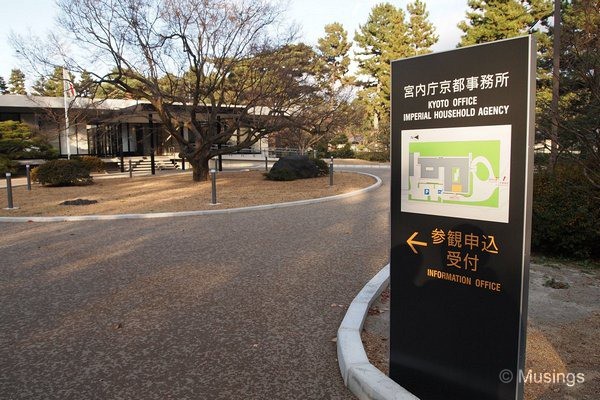
- Entrance to the very official looking Kyoto Office for the Imperial Household Agency.
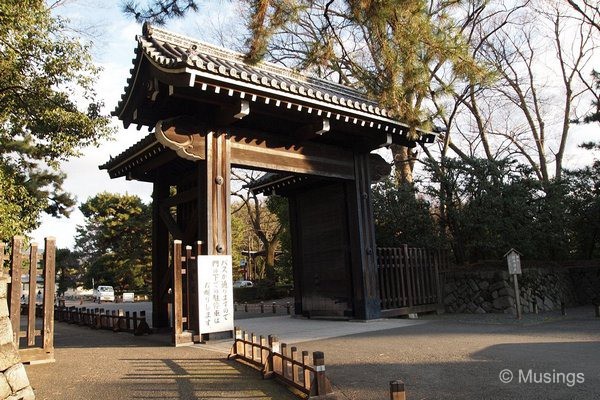
- Western Gate of the Kyoto Imperial Palace compound.
By the time we’d done and left the Kyoto Office, it was 3:45 PM – just 15 minutes to, somehow, get from there to our next place – Nijō Castle. Why? Visitations to Nijō Castle closes from the 26 December onwards till next January, and admissions to the Castle closes after 4:00 PM! So, we made a mad dash from the Kyoto Office to the nearest subway station – Imadegawa Station – for a 2 minute ride to Nijojomae Station, and another 5 minute run to the entrance of the Castle. And we made it with just 2 minutes to go before 4:00 PM LOL.
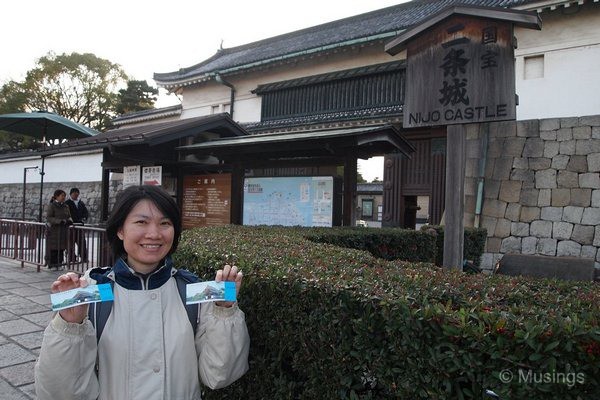
- Ling showing the spoils of our mad-dash victory!
This was our backup castle to visit since Himeji Castle was under renovation. The Castle was originally built in 1603 and served as the official Kyoto residence of the first Tokugawa Shogun, Ieyasu. The Castle was designated as an UNESCO World Heritage Site in 1994, and its compound comprises primarily Ninomaru Palace and several gardens on all sides. Ninomaru Palace is considered a National Treasure, so strict rules were in place prohibiting visitors from doing just about anything, including taking pictures (I was told sternly by a site representative to switch off my E-PL1).
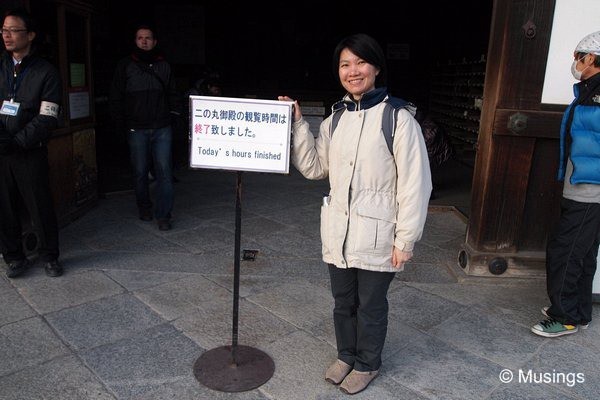
- Come back tomorrow, the rest of ‘ya!
No pictures of the inside of Ninomaru Palace then for us to remember the visit by. I didn’t think the Palace itself was that great, apart from the wooden flooring along the corridors that gave up soft squeaking and twinkling sounds. These corridor floors are called Nightingale floors, and delighted Ling to no end!
Most rooms were empty, and the dim lighting inside the Palace made it real hard to have a good look at the over 3000 century old paintings and carvings. I found Kyu-Hosokawa Gyobutei mansion in Kumamoto on the whole much more impressive and insightful on what living in feudal Japan must had been like.
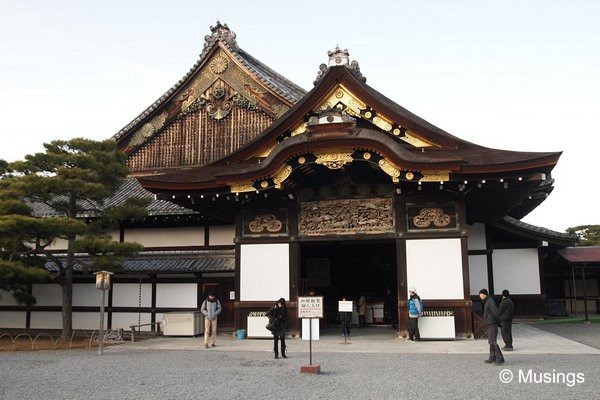
- No pictures allowed inside.:(
On the other and, I enjoyed the gardens outside, poor weather and rapidly dimming light conditions not withstanding. The rest of this series of pictures were taken on our speed walk through the numerous gardens before closing time at 5:00 PM.
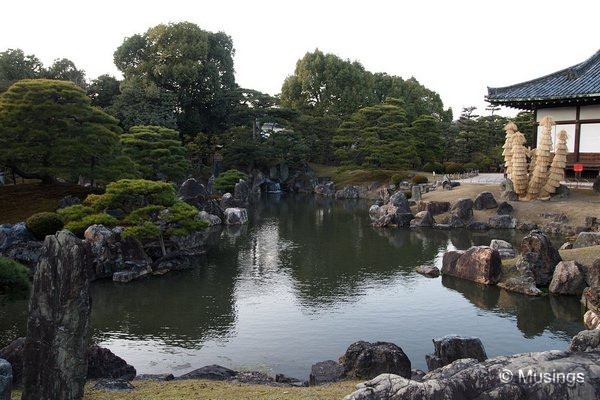
- The very picturesque Ninomaru Garden (or Special Place of Scenic Beauty). Must look even better in late morning autumn.
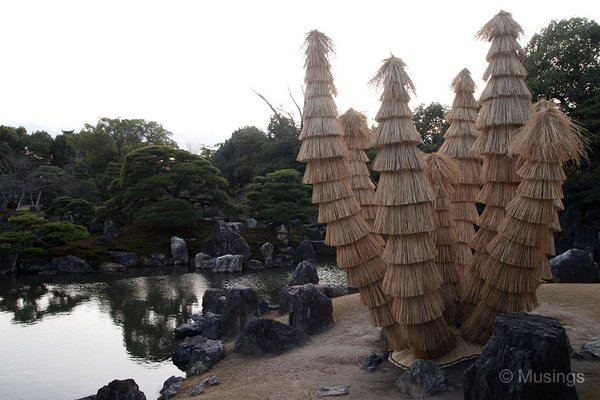
- Ling says that the funny thing on the right-side is protective insulation to protect that tree.
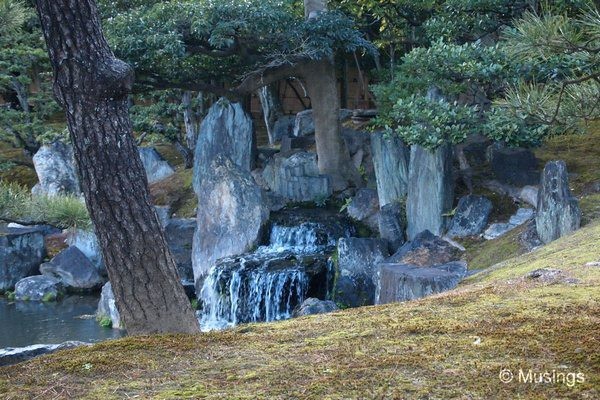
- Not HDRed. Looks as beautiful and colorful in reality as it does here.
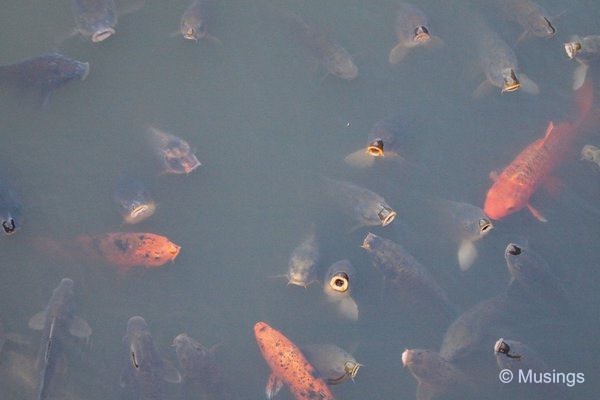
- At the Inner Moat leading to Honmaru Garden. Very large and hungry Koi with mouths open – no food on us though.
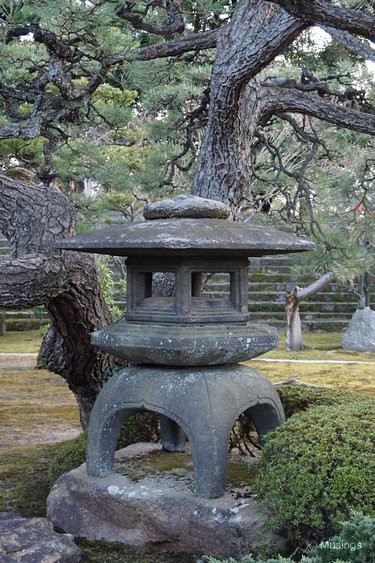
- A Stone Lantern at Honmaru Garden.
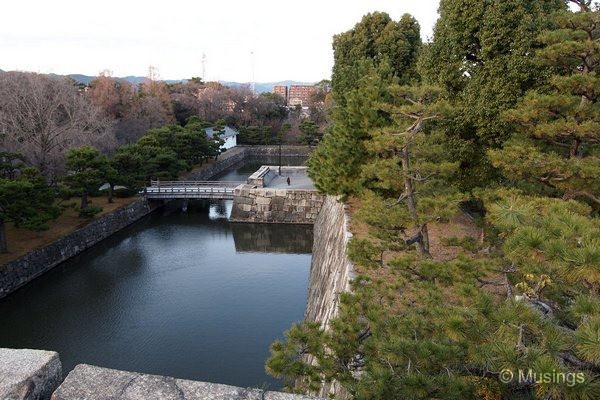
- A slightly elevated view of the moat from the Donjon.
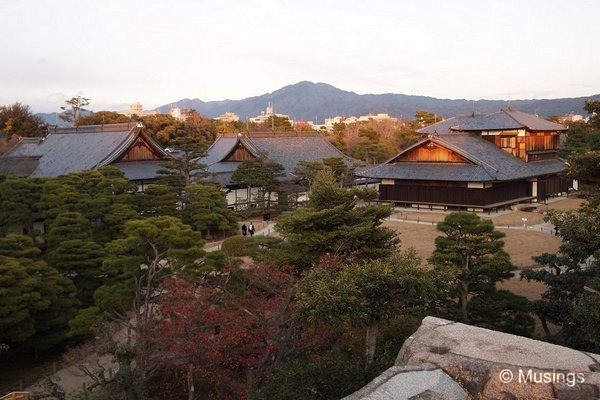
- Ninomaru Palace in the setting sun.
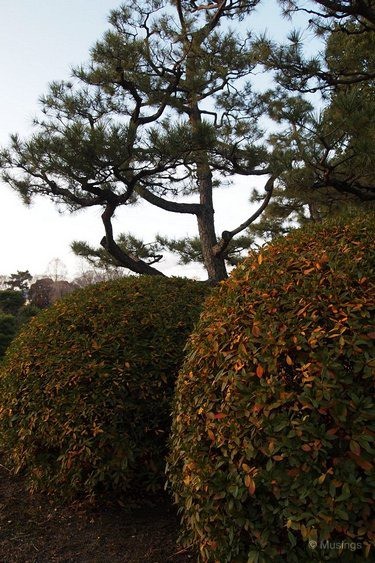
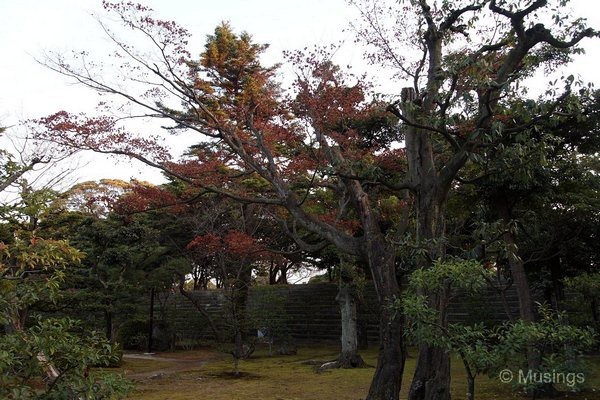
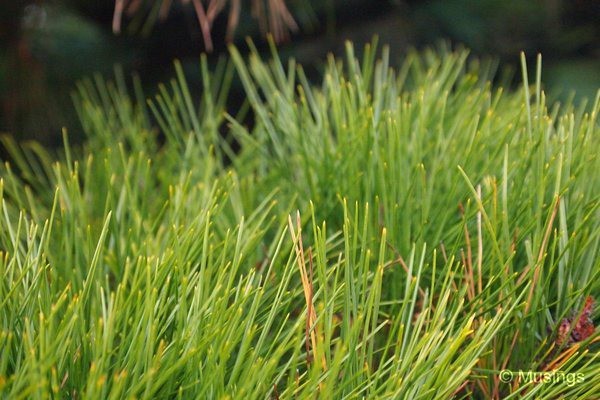
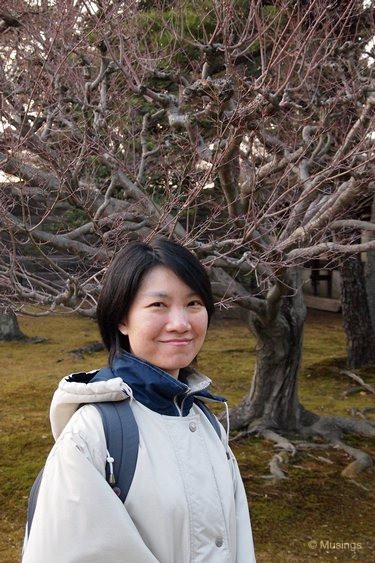
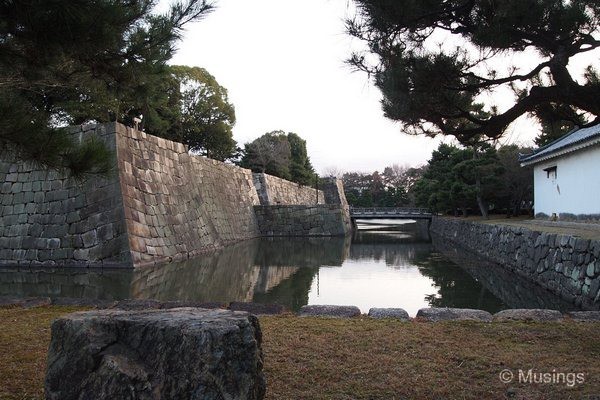
On the whole; I’ve got mixed feelings of Nijō Castle. The gardens must look stunning in the right season, but the Ninomaru Palace left me unimpressed. From all accounts, Himeji Castle is the most stunning castle-fortification in Japan though I haven’t seen it myself. Hopefully we’ll get to see it sometime, if nothing else to supplement last year’s visit to Kumamoto Castle.
Recent comments